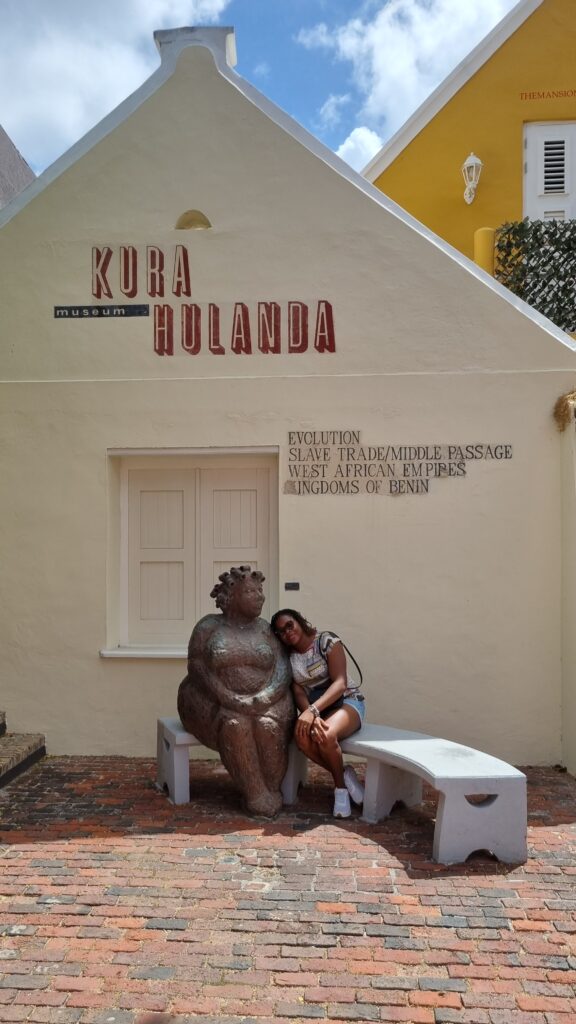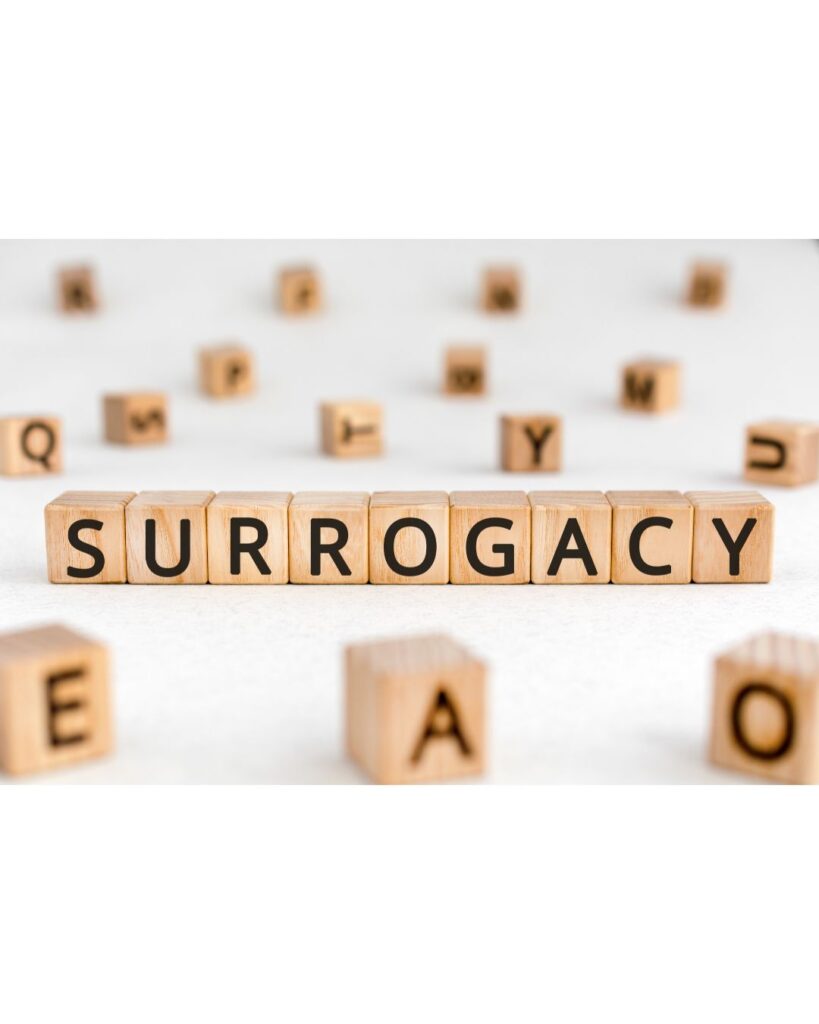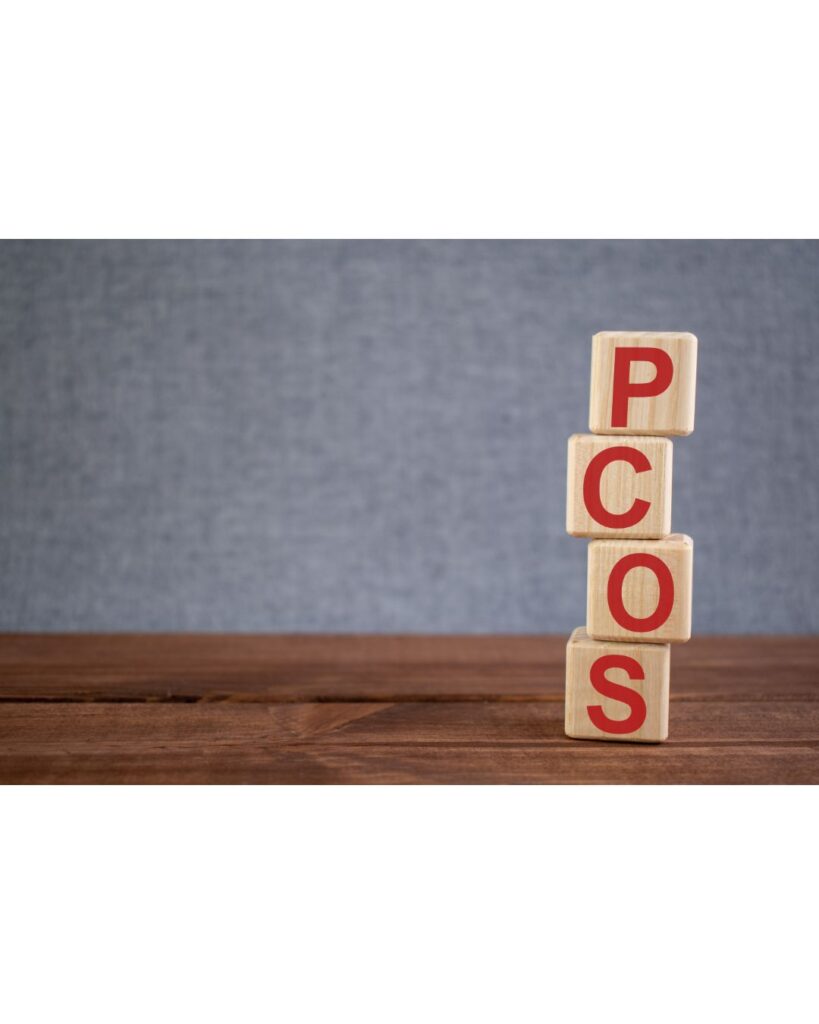My travel lifestyle has evolved over the years, from ticking off major cities and snapping memorable pictures to a deeper journey of exploration, discovery, and relearning. Travel, for me, is no longer just about movement; it has become an education, a pilgrimage through time and identity.
I have always been obsessed with history. I still remember learning about the earliest civilizations in Mrs. Emeka’s primary school class; Mesopotamia, Egypt, the Indus Valley, and Chinese civilization. I was fascinated by the birth of writing, government, record keeping, agriculture, and technology. These ancient societies, often located along fertile riverbanks like the Tigris and Euphrates, taught me that to understand a people, you must understand their story, how they began, thrived, suffered, and survived.
Travel is an education I never dared to dream of, but once the opportunity presented itself, I couldn’t get enough.
The Early Years: Learning the Hard Way
When I began traveling, my resources were limited, to be honest, they still are. But we make it happen. I longed to explore places completely different from where I came from, preferably far away and much cooler in temperature. That’s how I found myself in Dubai in 2010, during Ramadan and the August heat. The deal was too good to be true: an Emirates package for two paying adults with children flying free, flights, hotel, breakfast, and dinner for just 600,000 naira. I went with my mum and two younger siblings. The heat shocked us to our bones. I learned a valuable lesson: research first, book later.
Reconnecting with Africa
By 2021, I had lived in six countries and visited most major European cities, but ironically, I had only explored one African country, Egypt, where I lived for two years. I returned to Nigeria with a new resolve: to understand my continent. In 2022, I traveled to Ghana with my sister. Visiting Elmina Castle and learning about the transatlantic slave trade shook me to my core. Despite knowing Nigeria’s role in slavery, I had never visited the monuments in Calabar or Badagry. I often wondered why Bonny Island, once a major slave port and a place I had lived, bore almost no physical memory of its past.
Ghana changed me. I saw our neighbors not as rivals but as kin. The jollof wars and social media banter faded into irrelevance as I stood on the same soil where our ancestors were chained, sold, and shipped away. The people, the food, the history, it all resonated deeply with me.
Rwanda: Pain and Purpose
In 2023, I went to Rwanda with my sons. I had an exam to write during the trip and was overwhelmed with caring for my kids, but I made time to visit the genocide memorial. It broke my heart. Rwanda taught me about resilience and the cost of silence. That visit wasn’t just a history lesson, it was a call to never forget.
The Audacious Sprint Across West Africa
With time running out on our stay in Nigeria in 2024, I embarked on a whirlwind journey through six West African countries, Benin, Togo, Côte d’Ivoire, Senegal, Gambia, and Cape Verde, in just 15 days. It was intense, exhausting, and immensely rewarding. I tasted new cuisines, learned about local ethnic religions, colonial history, missionary influence, and economic exploitation.
In each country, I saw variations of the same narrative: exploitation dressed up as progress, culture transformed under duress, and youth struggling to reclaim their power. The transatlantic slave trade echoed in forts, castles, and oral stories. Missionary work, once seemingly benevolent, revealed its complicity in colonization.
The Other Side of the Atlantic
My journey didn’t stop on the continent. I’ve also explored Aruba, Bonaire, and Curaçao, Caribbean islands with deeply painful slavery stories. As part of the Dutch transatlantic slave trade, these islands carry a silent yet visible weight. Standing there, I felt the unspoken connection between Africa and its scattered children. The cultures, languages, and faiths I encountered bore the fingerprints of forced migration and survival.
I wasn’t just tracing the paths of the enslaved; I was walking them. I could see how diaspora communities preserved memory in ways many Africans are only beginning to reclaim. It was sobering and sacred.
A Troubling Future
These experiences fuel my concern about the new wave of colonization, one not enforced with chains and guns, but with unsustainable debt and economic dependency. Countries burdened with loans they can never repay, youth brimming with potential yet stifled by lack of opportunity, and a continent still healing from its past.
How did we lose so much? Why have we failed to industrialize and empower? These are questions I carry with me on every journey.
Why I Travel Now
I travel not for photos, but for stories. For history. For healing. I am a mother, a storyteller, a student of the world. With every trip, I uncover a layer of my identity. I owe it to my children, and to the children of this continent, to understand where we come from, so we can dream of where we’re going.
To be continued…






